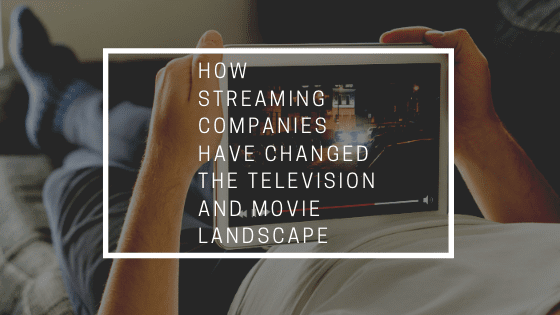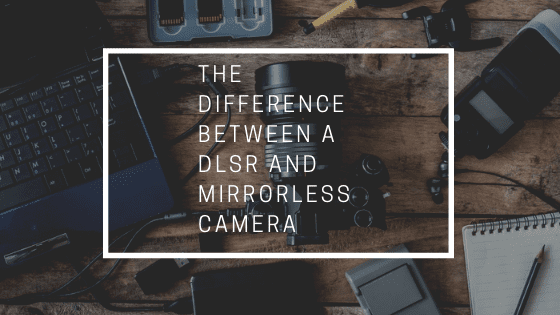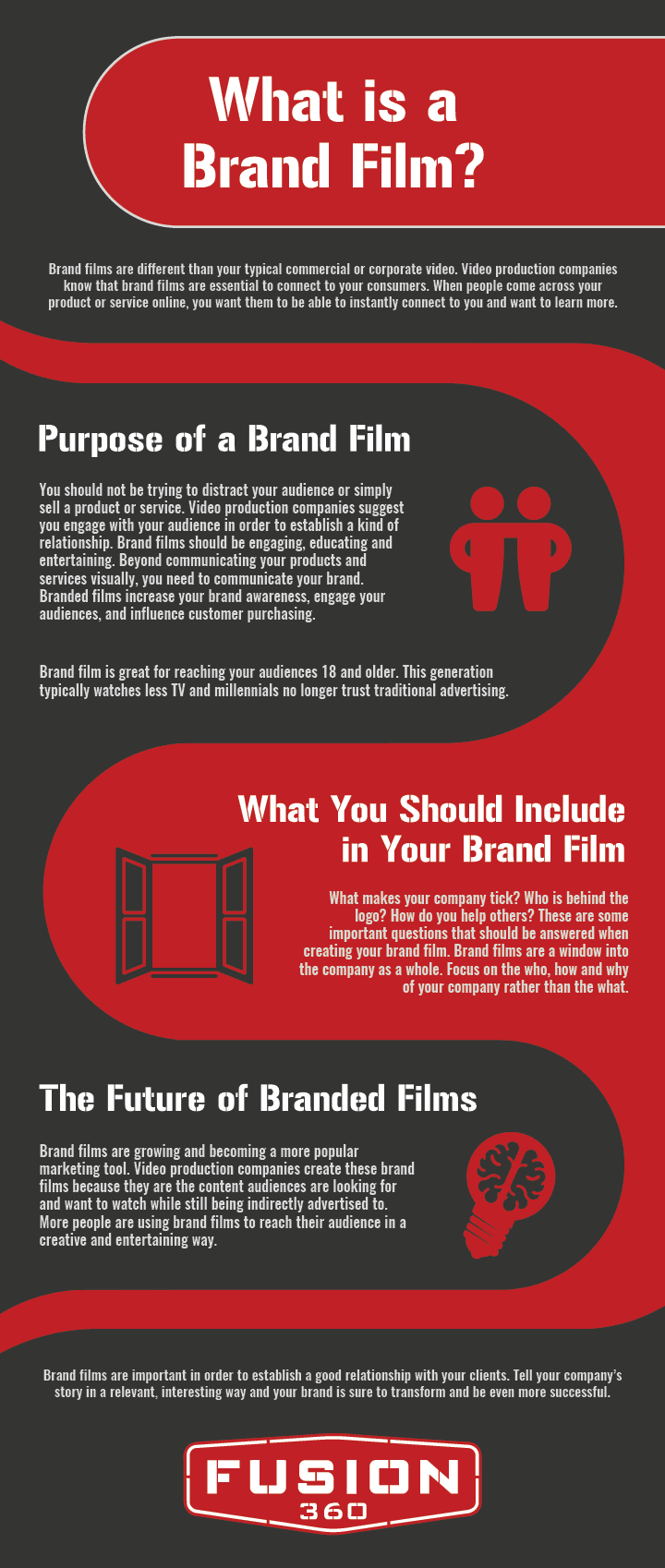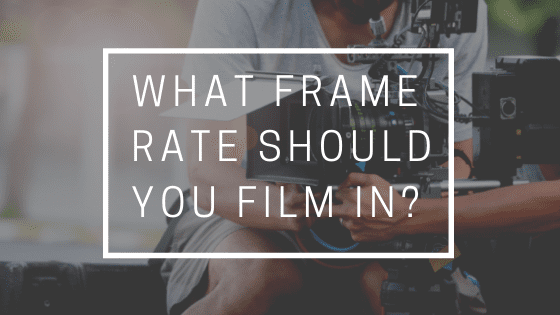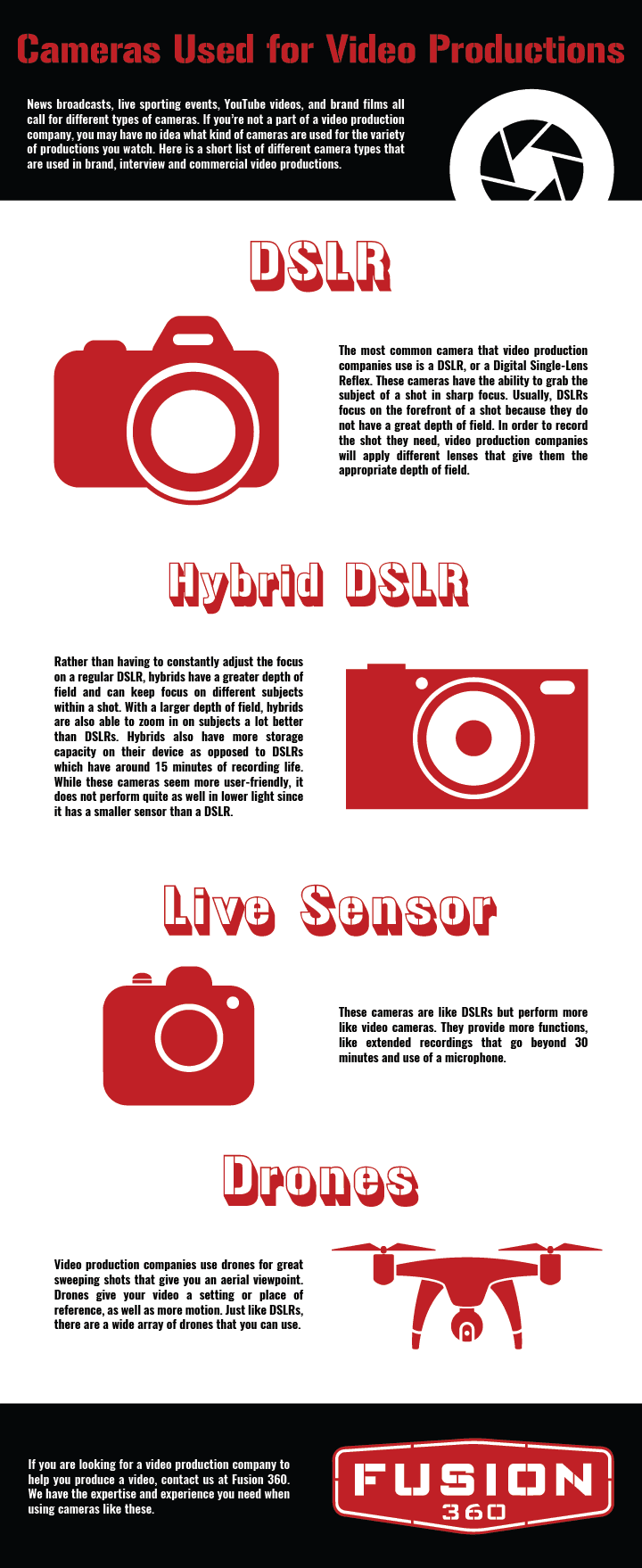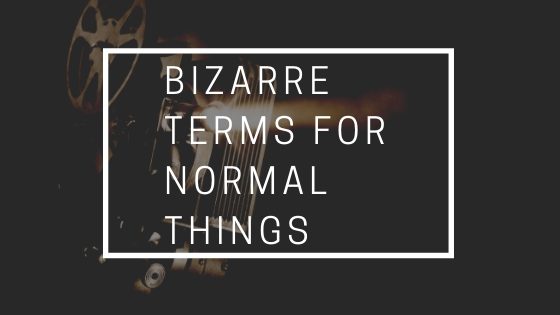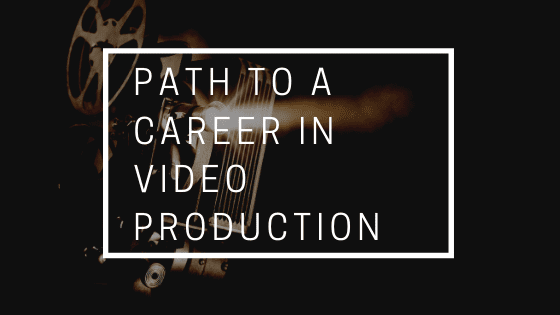
If you are wanting to pursue a career in video production, you might be wondering where you should start. Video production is a highly technical profession that requires a lot of practice and experience. As it has become an increasingly growing field, your video skills need to be top notch in order to make it in the video industry. This means that you should consistently be practicing and improving your video production skills. Video production companies are looking to hire the best of the best, so if you are wanting to work with a production company, here are some steps you should follow.
Degree in Film or Communication
Most colleges offer film programs, so if you choose to attend college, think about pursuing a degree in Film or Communication. Depending on your university, the film program might be part of a specific major, so do some research to figure out the best way to get the film education you need. While at school, do your best to volunteer or help out on amateur or student film sets. This will help give you more experience and get used to what a video production set is like. You can also find mentors who are more experienced to help guide and teach you everything you need to know.
Teach Yourself
Although video production companies recommend getting a degree in Film, it is also possible to teach yourself everything about video production. With so many online resources available to you (some even for free), teaching yourself video production is very doable. If you choose to teach yourself, make sure you familiarize yourself with many aspects of production. This includes cameras, lighting, editing and more. Try to find as many opportunities to go out and shoot as possible. A lot of freelance video producers were self-taught, and their skills are just as good as some of the professionals who received film degrees. What matters most is your experience, not your degree.
Internships
Internships are a great way to get more experience in video production. A lot of video production companies offer internships. By taking an internship, you can get real-world experience and learn how professional production companies run. In addition, taking an internship could lead to making connections in the video industry as well as full-time work opportunities with that production company.
Career
Once you have gained all the necessary experience, you can settle down with either a production company or work freelance. With freelance work, you probably won’t have a consistent schedule, and you will most likely work on smaller projects. With a video production company, you could be working on content ranging from commercials to big movie productions. Both freelancers and production companies are in high demand, so it’s up to you to decide which path you want to take.
Video production is constantly shifting and evolving, so you must always be willing to learn new things. Overall, a career in video production is obtainable if you are willing to put in the work! For more information on careers in video production, contact a video production company like us here at Fusion 360 Studios.


